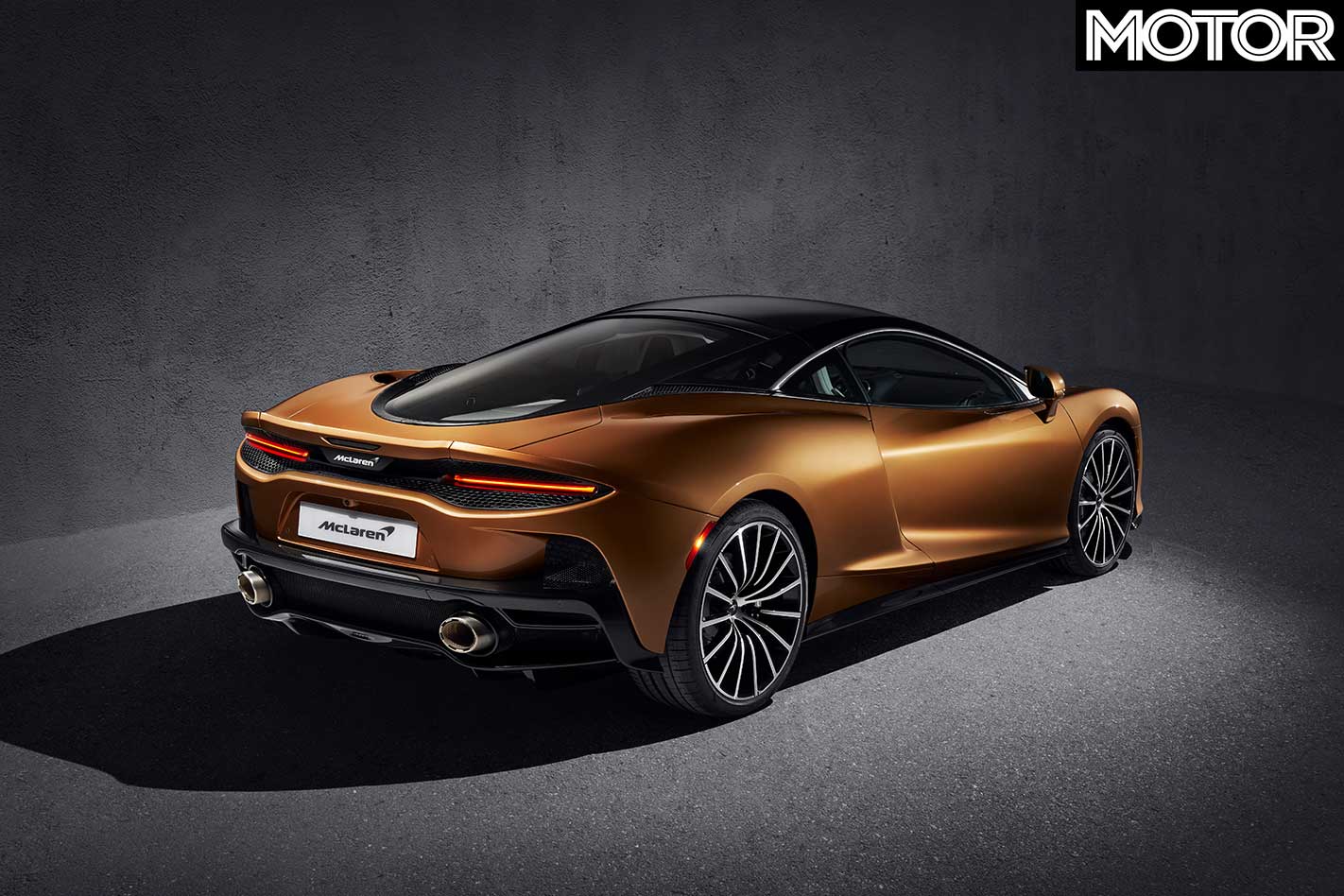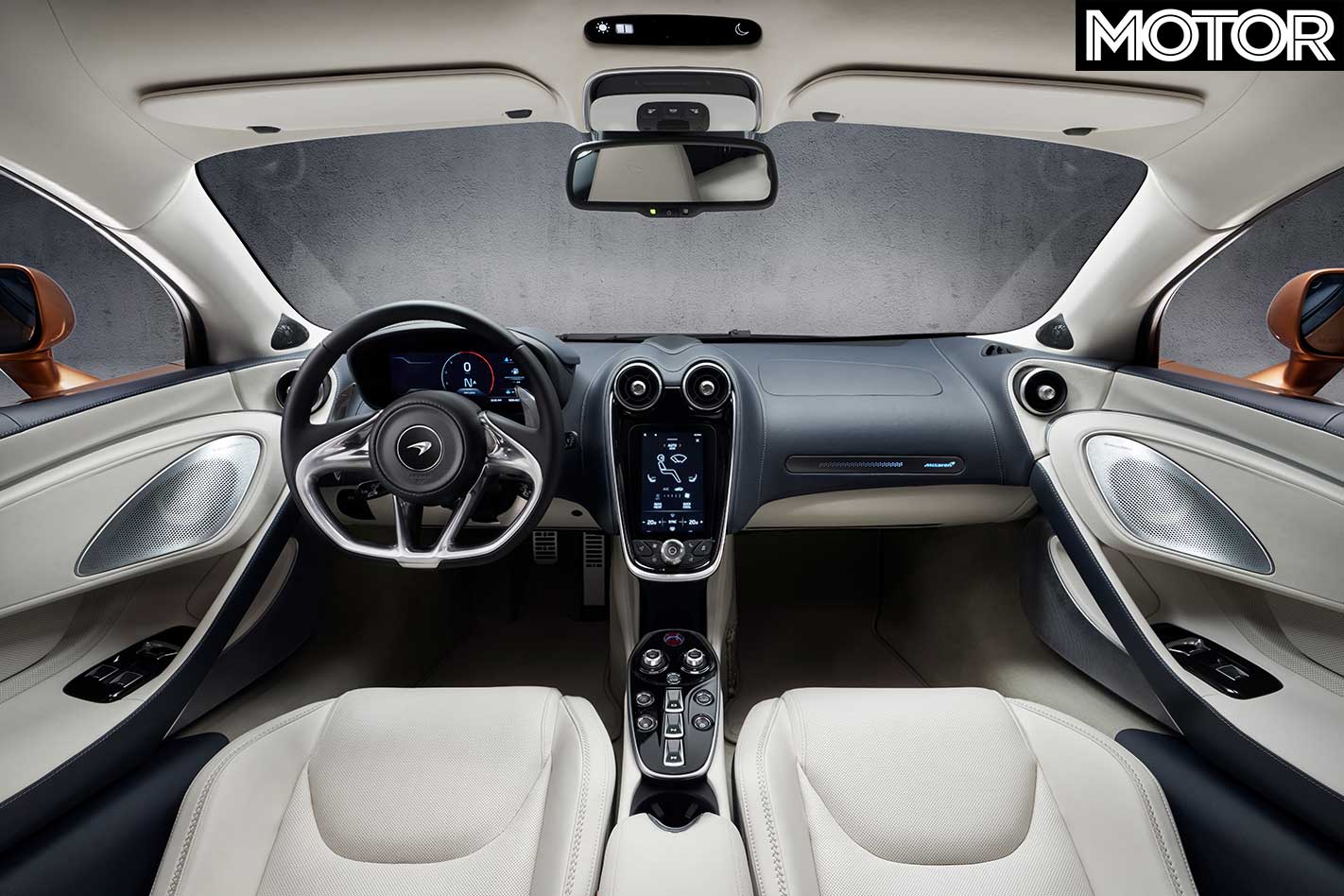Long trips in a McLaren just became a more realistic proposition with the reveal of the 2020 McLaren GT. At its announcement at the Geneva Motor Show this year, CEO Mike Flewitt said it would redefine the rules of grand tourers. McLaren even goes so far as to say it’s the first ‘true’ grand tourer Woking has produced. So where does that leave its other ‘GT’?
McLaren’s 570GT had, until now, been McLaren’s most ‘everyday supercar’, but being based on the 570S means it’s more of a compromise than the GT, which was intended to be comfort-focused from the get-go.

The GT, for example, features a new ‘Proactive’ damping system which McLaren says is a more sophisticated version of the software developed for the 720S. Sensors scan the road and ‘tell’ the dampers to react according to the approaching surface.
But the GT isn’t all soft and muted. It uses a hydraulic steering system, as does the rest of the McLaren range.
It’s also fast. In fact, for a grand tourer, it’s a bit of a weapon. A 4.0-litre version of the traditional McLaren twin-turbo V8 is tuned to 456kW and 630Nm, leaving the 570GT behind and even eclipsing the power figures of its fire-breathing 600LT sibling.
But, the GT is still, well, a GT. A kerb weight of 1530kg makes it heavier than any McLaren currently on sale in Australia, and more specifically 149kg portlier than the 570GT. It is 100kg lighter than Ferrari’s own ‘super GT’, the 812 Superfast, although the latter is admittedly more powerful and faster to the tonne. The GT’s light weight does go some way to explaining its 0-100km/h run of 3.2 seconds, even if it’s still faster than the 570 by two tenths.

Once it’s moving, the McLaren GT powers on rather quickly to 200km/h in just 9.0 seconds. Arguably more impressive is its unreachable-on-most-roads top speed of 326km/h. It’s no 402km/h, the apex velocity of its Speedtail brother, but it’s approaching 720S speeds, and even that’s not far away from the 349km/h top speed of the 673kW McLaren P1.
So, aside from its trademark use of carbon fibre chassis tubs (in this case the MonoCell II-T, for ‘touring’) and aluminium body panels, how does McLaren keep so much weight off a car that boasts 570 litres of luggage space all up? It turns out the MonoCell II-T uses a rear upper structure that leaves enough space for a luggage area below the GT’s “front-hinged, full-length glazed tailgate,” which is of course also electrically powered. At the front lies another 120 litres of storage in a ‘frunk’ style unit as per most rear-engined sports cars. The 570GT only has 220 litres of rear stowage, by the way.
Of course, trick suspension and luggage space aren’t the only things that make a grand tourer suitable for long hauls. The cabin must also suit extended stays, and McLaren has ‘plushed-up’ the interior of the GT to a level most McLaren owners would find alien.

Gone is the spartan vibe of its ‘Series’ cars to make way for a Nappa leather-clad interior that can be upgraded to soft-grain leather or swapped for Alcantara, with cashmere (really!) on the cards as an option later on. Otherwise, the interactive element of the interior is focused on the 12.3-inch screen.
Finally, the price. Though an Australian price wasn’t available at the time of writing, McLaren revealed the GT would start from £163,000 (AUD$303K) in the UK, which over there is only very slightly more than the 570GT priced at £154,000 (AUD$287K). The 570GT costs $406,900 here, so expect the GT to slightly eclipse that. New target market? Say hello to McLaren.






